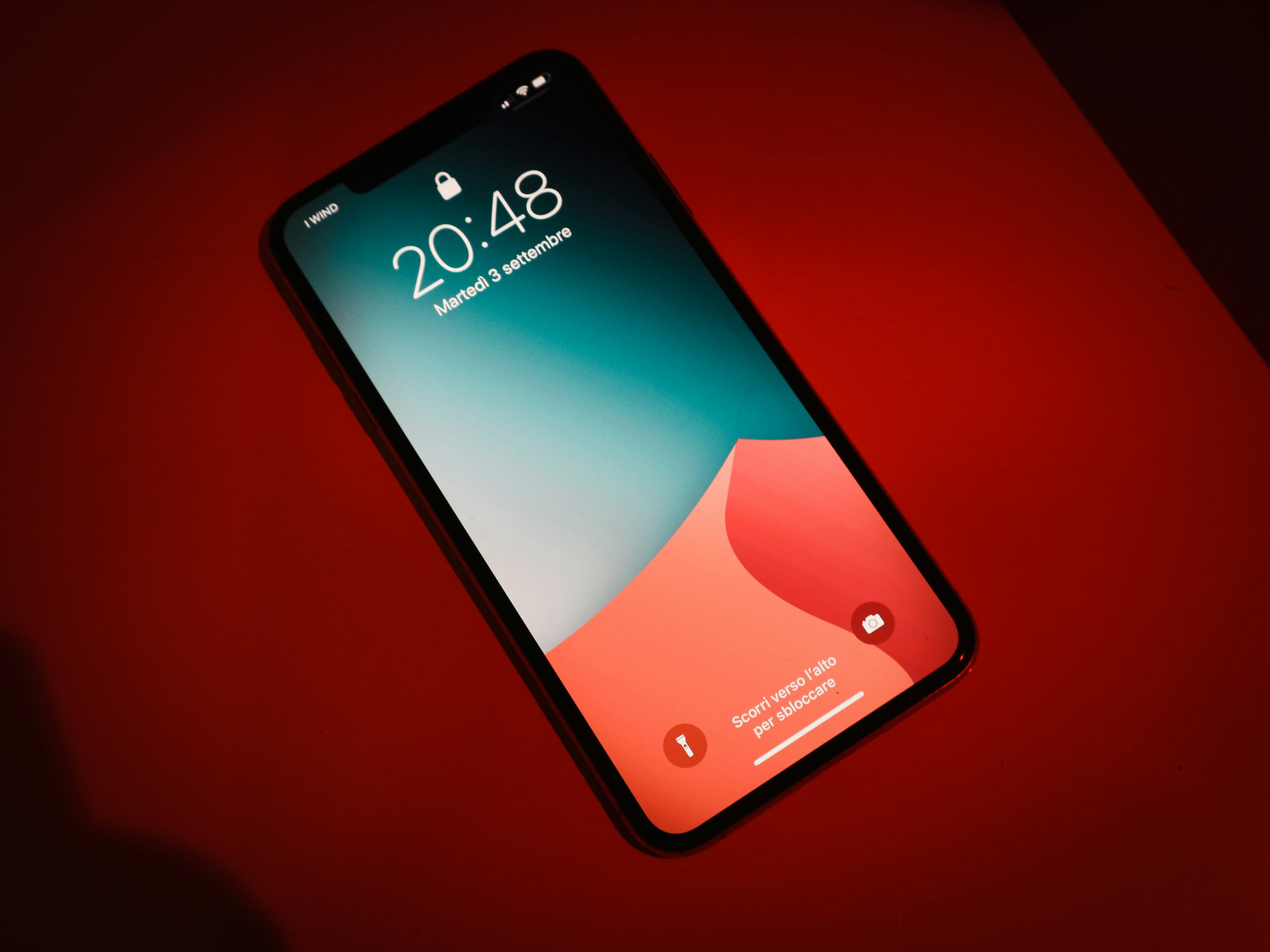Imagine this scenario: A potential customer visits your website from their smartphone. They're excited about your offerings but quickly become frustrated by clunky navigation, slow-loading pages, and awkward layouts. The result? They leave, likely never to return. This situation is all too common and underscores why Mobile Web Design is critical for success in today's digital landscape.
More people are browsing and shopping on mobile devices than ever before. According to recent studies, over 55% of global web traffic now comes from mobile devices. If your website isn’t mobile-friendly, you're not just losing visitors; you're losing business. Let's explore why mobile web design matters and how you can optimise your site to thrive in a mobile-first world.
The Power of Mobile-First Design
Mobile-first design doesn’t mean making a desktop site and shrinking it down to fit smaller screens. Instead, it involves designing with mobile users in mind from the start. This approach not only improves the user experience but also aligns with search engine preferences.
Mobile Web Design and User Experience (UX)
User experience (UX) isn’t just a buzzword. It’s the foundation of a successful website. A mobile-friendly site caters to the needs of on-the-go users who demand simplicity and speed. Here’s how mobile design impacts UX:
- Ease of Navigation: Mobile users want quick access to information. If your menus are hidden or buttons are too small to tap accurately, they’ll abandon your site.
- Readability: Fonts, colours, and layouts must be optimised for smaller screens. If users need to pinch and zoom to read content, they’ll likely give up.
- Convenience: Features like click-to-call buttons and integrated maps make it easier for users to interact with your business on the go.

SEO and Mobile Web Design
It’s no secret that Google prioritises mobile-friendly websites in its search results. Since 2018, Google has utilised mobile-first indexing, which means it predominantly uses the mobile version of your site to rank its relevance. If your site isn’t optimised for mobile, you risk lower rankings and decreased visibility.
Key SEO benefits of mobile web design include:
- Improved Rankings: Mobile-responsive sites perform better in search results, leading to higher organic traffic.
- Lower Bounce Rates: Visitors are more likely to stay on a mobile-optimised site, signalling to search engines that your content is valuable.
- Faster Load Times: Page speed is a ranking factor, and mobile users expect load times of three seconds or less.
Business Growth Through Mobile
Mobile-friendly websites don’t just improve rankings; they directly impact your bottom line. Studies show that mobile visitors are highly conversion-oriented. Whether it’s completing a purchase, filling out a lead form, or contacting your business, mobile users act quickly if the experience is seamless.
From eCommerce stores to local service providers, a well-designed mobile site can dramatically increase sales and customer satisfaction.
How to Nail Mobile Web Design
Creating a mobile-friendly website doesn’t happen by accident. It requires strategic planning and implementation. Here are some essential tips to ensure your site offers a top-notch mobile experience.

1. Adopt Responsive Design
Responsive design ensures your website adjusts seamlessly to different screen sizes, providing a consistent experience across all devices.
- Use flexible layouts and grid systems that adapt to phones, tablets, and desktops.
- Test your site’s responsiveness regularly to catch any layout issues.
- Tools like Google’s Mobile-Friendly Test can provide insights into your site’s performance.
2. Prioritise Speed
Mobile users have little patience for slow-loading websites. A delay of even a few seconds can cause users to leave. Optimising for speed involves:
- Minimising large image files and videos.
- Leveraging browser caching to improve load times for repeat visitors.
- Using a Content Delivery Network (CDN) to serve content faster globally.

3. Simplify Navigation
Mobile users often browse with one hand, so navigation must be intuitive and effortless.
- Implement a fixed menu or “hamburger” menu visible at all times.
- Ensure clickable elements are large enough to tap easily without errors.
- Simplify forms by reducing the number of fields needed to complete an action.
4. Focus on Touchscreen Interaction
Think beyond clicks. Mobile users interact through taps, swipes, and scrolls. Your design should accommodate these behaviours:
- Use swipeable carousels to showcase images or products.
- Optimize buttons and links to respond promptly with clear feedback.
- Avoid hover effects that aren’t functional on touchscreens.

5. Create Mobile-Specific Features
Add enhancements that cater directly to mobile users:
- Click-to-call Buttons: Allow users to contact your business with one tap.
- Integrated Maps: Make it simple for visitors to locate your physical store or office.
- Mobile-Friendly Payment Options: Use systems like Apple Pay or Google Pay for seamless transactions.
6. Test, Test, Test!
Never assume your mobile site is perfect without testing it thoroughly. Use tools like BrowserStack or real devices to check your site on various screen sizes and operating systems. Regularly collect user feedback to continually refine the experience.
7. Invest in Mobile-First Content
Mobile users consume content differently from desktop users. Engage them by:
- Writing concise, scannable content with short paragraphs.
- Using headlines and bullet points for readability.
- Incorporating visuals like infographics, animations, or videos.
The Future of Mobile Web Design
Mobile web design is no longer a differentiator; it’s a necessity. With the continued rise of mobile browsing and advancements in technology, businesses that fail to prioritise mobile optimisation will struggle to keep up.
Emerging trends like voice search, augmented reality, and AI-driven personalisation are poised to transform how users interact with mobile websites. Staying ahead of these trends will ensure your business maintains a competitive edge.
Final Thoughts
The importance of Mobile Web Design cannot be overstated. From enhancing user experience to boosting search engine rankings and driving business growth, mobile optimisation is integral to digital success. By implementing mobile-first strategies like responsive layouts, fast-loading pages, and streamlined navigation, your website can meet user expectations and stand out in a crowded market.
Don’t wait until mobile users abandon your site. Start optimising for mobile today and watch as it transforms your online presence and business performance. With the right approach, mobile design is not just an adaptation; it’s an opportunity to thrive.
